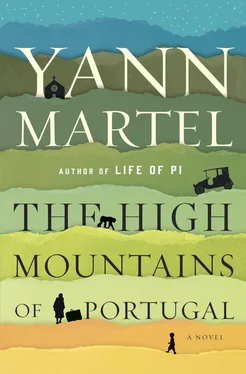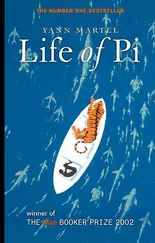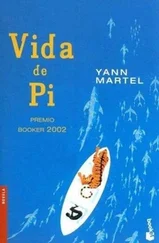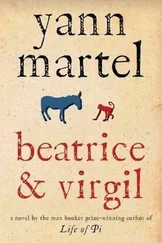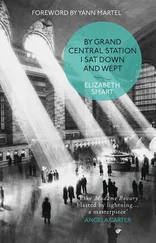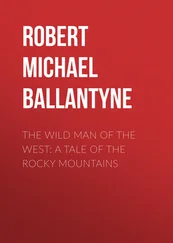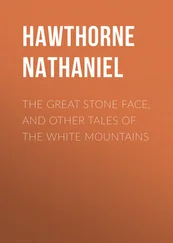“If Jews of the day had more to say about Jesus, it’s been lost. There is nothing from any of the Pharisees who conspired against him, nothing from the Sanhedrin, the religious council that condemned him. The historian Josephus makes two brief references to Jesus, but many decades after his crucifixion. The entire historical record on Jesus of Nazareth from non-Christian sources fits into a handful of pages, and it’s all second hand. None of it tells us anything we don’t already know from Christian sources.
“No, no, no. The historical record is of no help. Our knowledge of the flesh-and-blood Jesus all comes down to four allegorists . Even more astonishing, these word minstrels never met Jesus. Matthew, Mark, Luke, and John, whoever they were, weren’t eyewitnesses. Like the Romans and Jews, they wrote about Jesus years after his passage on earth. They were inspired scribes who recorded and arranged oral tales that had been circulating for decades. Jesus has come to us, then, through old stories that survived mostly by word of mouth. What a casual, risky way of making one’s mark on history.
“Stranger still, it’s as if Jesus wanted it that way. Jews are obsessively literate. A Jew’s every finger is a pen. God merely speaks to the rest of us, while Jews get handed inscribed stone tablets. Yet here was an important Jew who preferred the wind to the written word. Who chose the eddying of oral tales over the recorded facts. Why this approach? Why not impose himself like the great military Messiah Jews were hoping for? Why storytelling over history-making?”
His wife has led him down one grand corridor after another. Now, Eusebio senses, they are about to enter the ballroom, with its vast dancing floor and glittering chandeliers and high windows.
“I think it’s because, once more, Jesus seeks to benefit us. A story is a wedding in which we listeners are the groom watching the bride coming up the aisle. It is together, in an act of imaginary consummation, that the story is born. This act wholly involves us, as any marriage would, and just as no marriage is exactly the same as another, so each of us interprets a story differently, feels for it differently. A story calls upon us as God calls upon us, as individuals— and we like that . Stories benefit the human mind. Jesus trod the earth with the calm assurance that he would stay with us and we would stay with him so long as he touched us through stories, so long as he left a fingerprint upon our startled imagination. And so he came not charging on a horse but quietly riding a story.
“Imagine, Eusebio, that you’ve been invited to a feast and a splendid table has been presented to you, with the finest wines and the most delicious food. You eat and you drink till you are full. Would you then turn to your host and ask about the barn animals you’ve eaten? You might, and you might get some information about these animals — but what does it compare to the feast you’ve just had? We must abandon this reductionist quest for the historical Jesus. He won’t be found, because that’s not where — that’s not how —he chose to make his mark. Jesus told stories and lived through stories. Our faith is faith in his story, and there is very little beyond that story-faith. The holy word is story, and story is the holy word.”
Maria breathes deeply. A smile lights up her face. “Well, stories are still with us. And so I come to the solution, to Agatha Christie.”
She leans over and brings up from the bag at her feet handfuls of books with which Eusebio is familiar: The Man in the Brown Suit, The Mystery of the Blue Train, The Seven Dials Mystery, The Murder at the Vicarage, Why Didn’t They Ask Evans? Three Act Tragedy, Murder in Mesopotamia, Death on the Nile, The Mysterious Mr. Quin, The ABC Murders, Lord Edgware Dies, The Murder of Roger Ackroyd, The Mysterious Affair at Styles, The Thirteen Problems, The Hound of Death, The Sittaford Mystery, Murder on the Orient Express, Dumb Witness, Peril at End House. They all end up on his desk, so many brightly jacketed hardcovers, except for a few that fall with a thud to the floor.
“The thought first struck me as I was rereading Murder on the Orient Express . I noticed how the train comes from the East. There are thirteen passengers at the heart of the story, one of whom is a monster, a Judas. I noticed how these passengers come from all walks of life and all nationalities. I noticed how one of the investigators, a helper of Hercule Poirot, is a Dr. Constantine. Isn’t the story of Jesus an Eastern story made popular by another Constantine? Did Jesus not have twelve disciples, with a Judas among them? Was Palestine not a mixed Orient Express of nationalities? The foreignness of Hercule Poirot is often remarked upon. Time and again he saves the day. The foreigner whose intervention is salvific — isn’t that one way of seeing Jesus? These observations led me to examine the murder mysteries of Agatha Christie in a new light.
“I began to notice things in a jumble. There is meaning in every small incident — Agatha Christie’s stories are narratives of revelatory detail, hence the spare, direct language and the short, numerous paragraphs and chapters, as in the Gospels. Only the essential is recounted. Murder mysteries, like the Gospels, are distillations.
“I noticed the near total absence of children in Agatha Christie — because murder is a decidedly adult entertainment — just as they are largely absent from the Gospels, which also address an adult sensibility.
“I noticed how those who know the truth are always treated with suspicion and disdain. That was the case with Jesus, of course. But look at old Miss Marple. Always she knows, and everyone is surprised that she does. And the same with Hercule Poirot. How can that ridiculous little man know anything? But he does, he does. It is the triumph of the meek, in Agatha Christie as in the Gospels.
“The gravest sin — the taking of a life — is always at the core of an Agatha Christie story — as it is at the core of the story of Jesus. In both narratives numerous characters are briefly introduced and for the same purpose: the parading of all the suspects, so that the reader can see who gives in to the temptation of evil in contrast to who does not. Fortitude is set next to weakness, both in the Gospels and in Agatha Christie. And in both, the light of understanding comes in the same way: We are given facts, neutral in themselves, then we are given an interpretation that imprints meaning upon these facts. So proceed the parables of Jesus — exposition, then explanation — and so proceeds the Passion of Jesus; his death and resurrection were explained, given meaning to, by Paul, after the fact. And so proceed the denouements of the murder mysteries of Agatha Christie: Hercule Poirot summarizes all the facts before he tells us what they mean.
“Notice the vital role of the witness. Neither Jesus nor Hercule Poirot cared to pick up a pen. Both were content to live in the spoken word. The act of witness was therefore a necessity — how else would we know what they said and did? But it was also a consequence . Each man, in his own sphere, did such amazing things that people felt compelled to bear witness. Those who met Jesus spent the rest of their lives talking about him to family, friends, and strangers, until what they said reached the ears of Paul, and later of Matthew, Mark, Luke, and John. And the same with Arthur Hastings, the Watson-like narrator of many of the Hercule Poirot stories, a narrator no less loyal than the narrators of the Gospels.
“But every witness is to some degree unreliable. We see that clearly with Arthur Hastings, who is always a few steps behind Hercule Poirot until Poirot helps him catch up with lucid explanations. We realize then that it is not only Arthur Hastings who is obtuse. We too have missed clues, misunderstood import, failed to seize the meaning. We too need Hercule Poirot to help us catch up. And so with Jesus. He was surrounded by so many Arthur Hastingses who were perpetually missing clues, misunderstanding import, failing to seize the meaning. He too had to explain everything to his disciples so that they might catch up. And still the disciples got it wrong, still they couldn’t agree on what Jesus said or did. Look at the Gospels: four of them, each a little different from the others, each inconsistent with the others, as always happens with the testimony of witnesses.
Читать дальше
